September 3, 2011 is the 360th anniversary of the 1651 Battle of Worcester, when the defeat of Charles II by Cromwell’s forces set off one of the most astonishing episodes in British history – Charles’s narrow escape from the battlefield and desperate six-week odyssey to reach safety in France, which came to be known as the Royal Miracle, because of the numerous times he so narrowly eluded discovery and capture.
 |
Charles II in about 1651
a miniature by Samuel Cooper |
Charles was a noticeable man - six feet two and very dark - and a reward of £1000 was offered for his capture, yet time after time he rode right under the noses of Cromwell's soldiers without being discovered.
The 21-year-old Charles was in grave danger of capture and death, but the weeks he spent on the run were a strongly formative experience, and after the Restoration he told the story frequently for the rest of his life. The hardships he endured gave him an intimate understanding of the common people like no other king had had. If he hadn't escaped, England’s history would likely have come out quite differently.
My second book,
The September Queen, is the first fictional account of Jane Lane, who risked her life to help Charles, embarking on a perilous and romantic journey with the handsome young king disguised as her servant. The book will be released in the U.S. on November 1, and until then I’ll be blogging regularly about the daily events in Charles’s peregrinations.
 |
| Plan of Worcester in 1651 |
September 3, 1651 - The Battle of Worcester
On July 31, 1651, Charles set out from Stirling in Scotland with 3,000-4,000 cavalry and 7,000-9,000 footsoldiers, mostly of them Scottish highlanders. He crossed into England, hoping for a popular uprising of supporters, and on August 8 was proclaimed king at Penrith and Rokeby, but Carlisle failed to welcome him, and as he marched south his numbers dwindled as discouraged followers deserted.
 |
| Charles in 1651, crowned as King of Scotalnd |
 |
Half-timbered buildings in Worcester which would have
been there when Worcester was Charles's headquarters |
 |
| Bridge over the Severn, Worcester |
 |
| Wall on the riverside, Worcester |
Harried by Cromwell’s forces following behind, after two weeks of rapid marches, on August 22 Charles and his exhausted men, many of them barefoot, limped into Worcester, where the mayor and sheriff proclaimed him King of Great Britain, France, and Ireland. He issued a general pardon for all who had fought against his father in the civil war, called for his subjects to join him to restore “the quiet, the liberty, and the laws of the English nation,” and rallied his followers in the riverside meadows near the cathedral.
 |
| Alice on the river path near the cathedral, Worcester |
Expecting the arrival of the Parliamentary army, the royalists fortified Fort Royal and blew up bridges over the River Severn so that the enemy would not be able to use them.
On August 29, Cromwell’s army -- better equipped and supplied and vastly outnumbering Charles’s men -- arrived at Red Hill, a mile outside Worcester. Over the next few days there was some artillery barrage, but Cromwell made no move to attack the royalists within the city walls until September 3, the first anniversary of his victory at the Battle of Dunbar.
 |
The great hall in the Commandery,
Royalist headquarters in Worcester |
 |
| The Commandery from the street, the scene of desperate fighting |
 |
| Edgar Gate, one of the medieval gates in the city's walls |
 |
Me on top of Worcester Cathedral,
looking south to where Cromwell's forces gathered
and the battle began |
Charles began September 3 atop Worcester Cathedral with his generals, watching the approach of Cromwell’s forces and planning their strategy.
 |
The green area is the hilltop site of Fort Royal
view from Worcester Cathedral |
They knew their situation was desperate, and that for Charles the outcome of the day would be “a crown or a coffin.” The battle was fought on several fronts. Early in the day the Royalists prevailed as they attacked the weakened main force to the south and east, capturing some artillery, and Charles himself was in the thick of the fighting. But eventually Cromwell’s men captured Fort Royal, turning its cannons on the king’s army, forcing the Royalists to scramble to get back within the city walls. The Scottish cavalry under Leslie failed to join the battle, which might have saved the day. And once the city gates were breached, the streets were a turmoil of hand to hand fighting, with panicked cavalry nearly running down Charles as he tried to rally his men.
 |
The Town Hall, Worcester
The streets near here saw some of the most bloody fighting |
 |
View north from atop Worcester Cathedral
|
 |
| The house that was Charles's lodgings |
By late in the day it was clear that the day was lost and with it the Royalist cause, and all that was left was to preserve the life of the king at all costs. His followers mounted a desperate last stand near the town hall, giving Charles just time to get back to his lodgings where he threw off his armor and begged his friend Lord Wilmot to meet him outside St. Martin’s Gate with fresh horses if it were possible.
 |
| The street near the site of St. Martin's Gate |
 |
| The back entrance of Charles's lodgings, which allowed his escape |
As the sun was setting, he left the building by the back door while Cromwell’s men were entering at the front, and dashed the few yards to the gate.
 |
"The King's House," Worcester. An 18th century view
of the building that was Charles's lodgings, from which he narrowly escaped |
 |
| View of Worcester Cathedral from the hill where Fort Royal stood |
 |
Fort Royal - flower bed on site of gun emplacement
the hilltop fort saw brutal slaughter of Charles's men |
Outside the city walls the king was joined by his surviving officers and a few hundred other men. Charles was for rallying what was left of his forces and returning to the city but was convinced that it would be pointless, and that it was imperative for him not to be taken prisoner, so he and the remnants of his army rode northward and away from Worcester. But his survival depended on travelling as quickly and quietly as possible, so he broke away from the main body of refugees with a handful of supporters to consider the options.
 |
| King's Arms at Ombersley, through which Charles passed escaping from Worcester |
Charles wanted to race for London, hoping to board a ship and sail for France or Spain before news of his defeat had reached the city. But London was far off, and the Earl of Derby suggested that he make for Brewood, a heavily Catholic area of Shropshire where Derby had recently found shelter at an old hunting lodge called Boscobel after his defeat at Wigan.
 |
Earl of Derby
he suggested Charles flee to Boscobel |
Among those still with the king was Charles Giffard, the owner of Boscobel. He said that the house had recently been searched, and that the king might be better hidden at Whiteladies, an old priory now owned by his family that lay in the woods near Boscobel.
 |
| Boscobel and Whiteladies in 1660 |
 |
| The ruins of Whiteladies in 1809 |
The exhausted king agreed, and guided by Derby and a local man named Francis Yates, he and his friends rode through the night, through Stourbridge, where they inexplicably spoke French to avoid detection, reaching Whiteladies, fifty miles north of Worcester, at about three a.m.
 |
| Ruins of Whiteladies Priory in October 2009 |
Sources and futher reading: I'll post many sources for the story of Charles's flight. For a good overview of the battle, please see Worcester 1651 by Malcolm Atkin.




























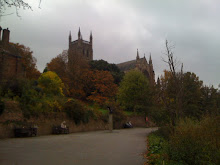
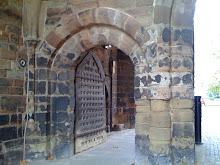



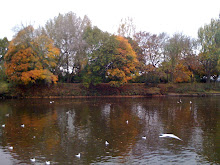
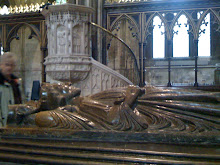
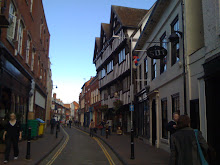

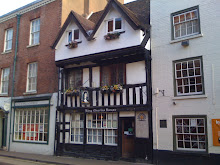
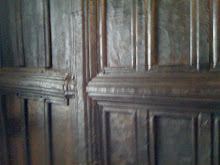
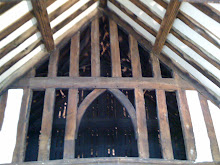





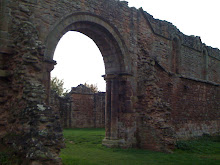




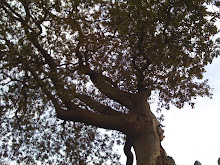



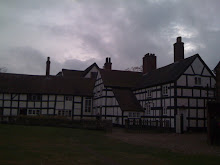

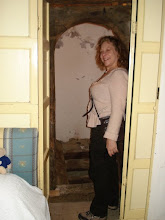
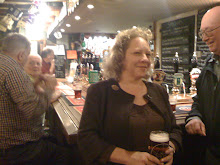
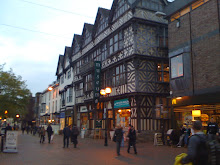
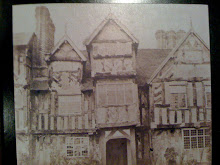


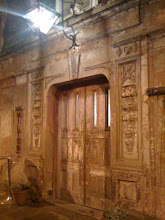
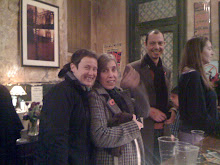


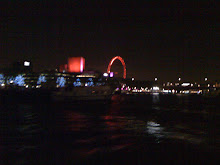

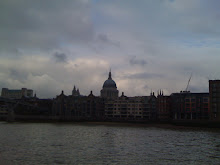
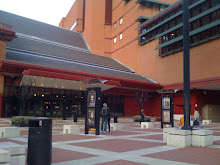

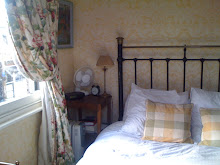






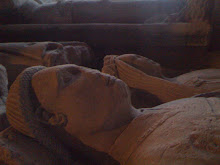
Thanks for sharing this wonderful history. I think over here in the colonies, there was a bit of flurry over events in England. My ancestor was running an ordinary in Newburyport,MA.
ReplyDeleteThanks so much! I'll be tweeting links for the next several weeks!
DeleteWarfare is a fascinating subject. Despite the dubious morality of using violence to achieve personal or political aims. It remains that conflict has been used to do just that throughout recorded history.
ReplyDeleteYour article is very well done, a good read.
Thank you! I'll be tweeting links to the posts over the next weeks.
ReplyDelete